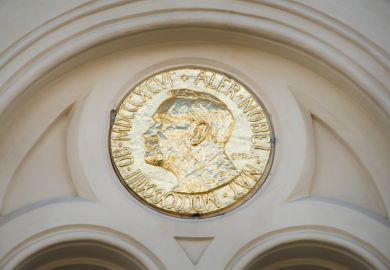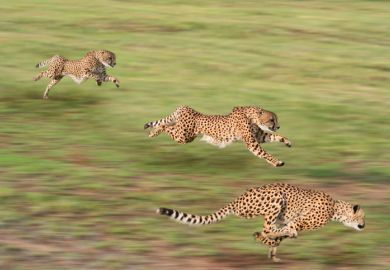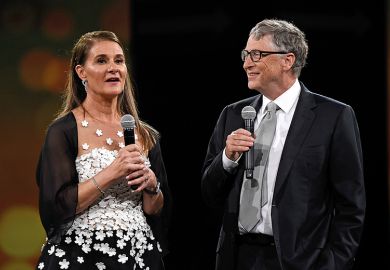When historians look back on the contribution of molecular and cell biology to medical research at the end of the 20th century they may well conclude that the demystification of cancer was one of its major achievements. For, after centuries of ignorance, in just a few years it became clear that cancer is a genetic disease; not one that, except in a few rare instances, is passed down through families, but the result of damage to our genes during our lifetime.
The major players in this story are oncogenes, ill-named since it is unlikely that any gene would have survived the pressures of evolution for the express purpose of giving us cancer. They ensure the ordered development, growth and repair of tissues and organs. If they are damaged these essential functions break down and a cancer may be born.
The fascinating story of how research into environmental carcinogens and chromosome damage has been united through the common pathway of changes in oncogene function, and the way in which this leads to cancer, is the stuff of which exciting undergraduate teaching courses are made. According to the American authors of this book, this was why, when asked by the president of their university to bring students back off the streets, where they were protesting against the war in Vietnam, a course in cancer biology seemed a good idea. Oversubscribed from day one, the programme flourished and has now spawned this lively text.
Presenting cancer biology to undergraduates with no background in pathology or medicine is no mean task. To provide some flavour of the disease, the opening chapter consists of a series of fictionalised letters "written" by patients with cancer or their relatives. Although this correspondence has a rather self-conscious and artificial ring about it, the chapter that follows provides an excellent introduction to the pathology of cancer and is the rock on which the rest of the story is built. There follows an up-to-date account of the cellular mechanisms of cancer, together with thumbnail sketches of many other aspects of the disease, including the biological principles of therapy.
This book is particularly strong on the molecular pathology and cell biology of cancer. In touching on its epidemiological aspects, and possibly because of their nation's obsession with exercise, the authors are less convincing when trying to explain why Harvard athletes born between 1860 and 1889 had greater death rates from cancer than non-athletes, or why longshoremen who engaged in vigorous physical activity suffered the same fate.
But the devout among us will be relieved to read that the slightly increased risk of breast cancer experienced by nuns is thought to reflect their lack of child-bearing rather than the effects of a life devoted to religious contemplation.
The preface assures us that this book is "not the turgid reading material found in a medical text". Not all medical texts are turgid and, considering the complexity of the biomedical sciences, when writing about this field it is difficult to avoid some passages of dense prose; this book is no exception.
It would not have added to the reader's burdens if it had included a discussion of the wider clinical and psychological problems posed by cancer, particularly those arising from its more brutal forms of treatment. But this is the only important omission in an otherwise excellent introductory text that can be recommended to both undergraduates and postgraduates in the biological sciences, and to anybody else who wishes to get to grips with one of the most absorbing stories of modern biology.
Sir David Weatherall is regius professor of medicine, University of Oxford.
The Biological Basis of Cancer
Author - Robert G. McKinnell, Ralph E. Parchment, Alan O. Perantoni and G. Barry Pierce
ISBN - 0 521 59695 5
Publisher - Cambridge University Press
Price - £22.95
Pages - 378



